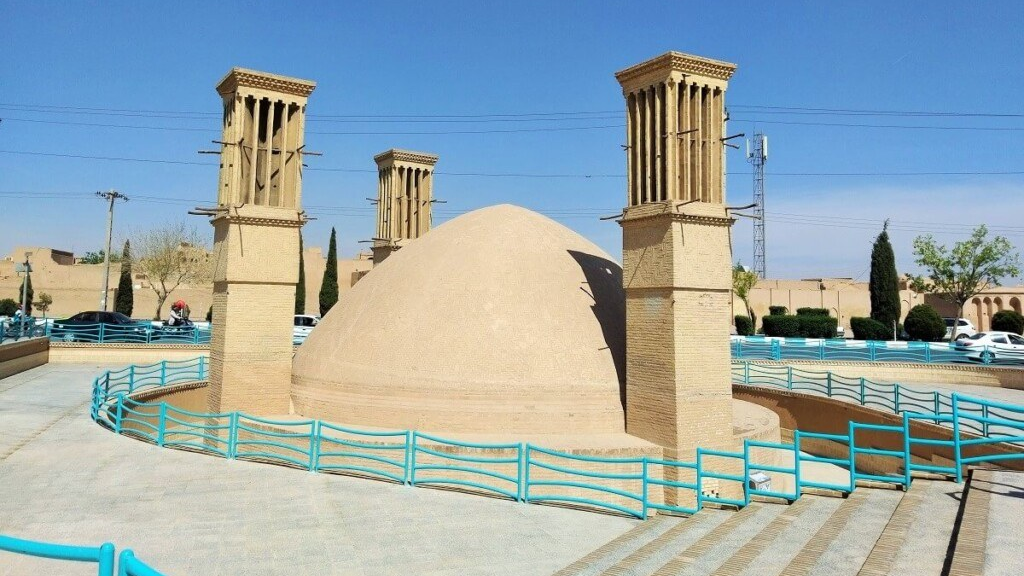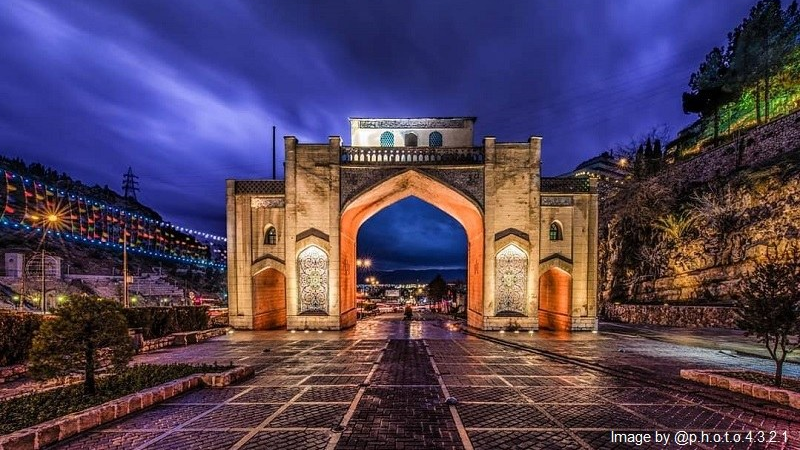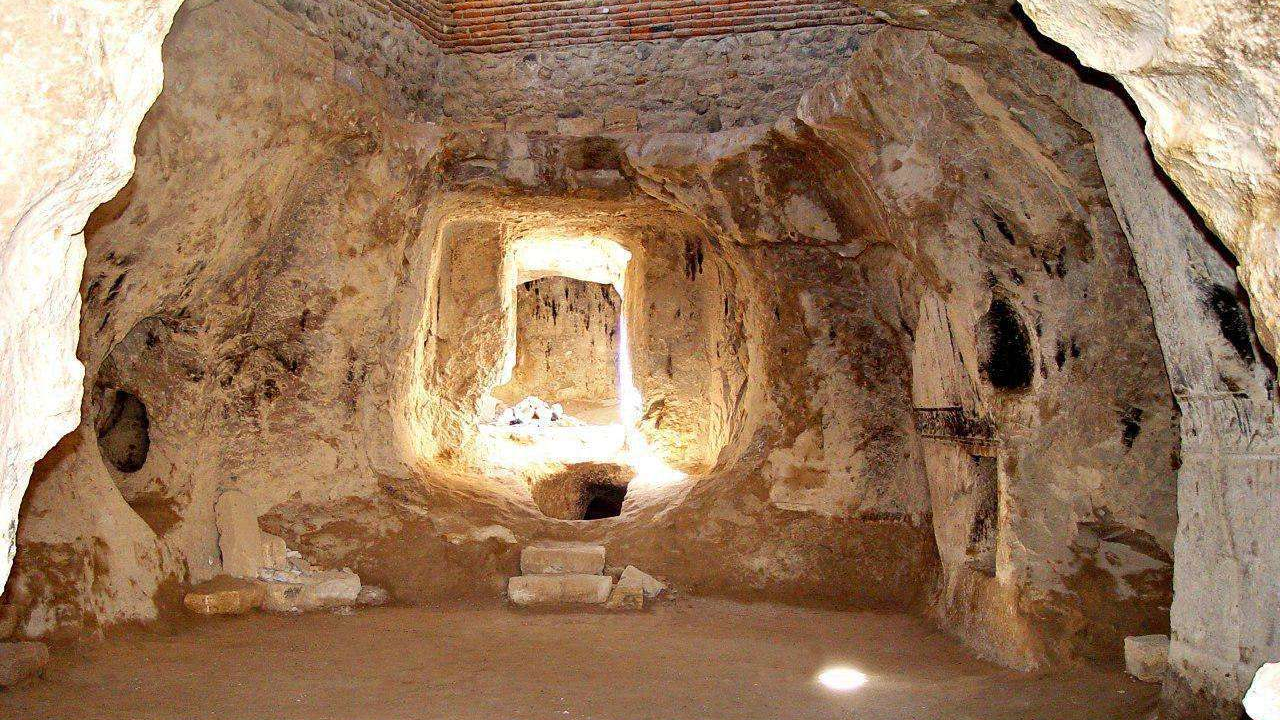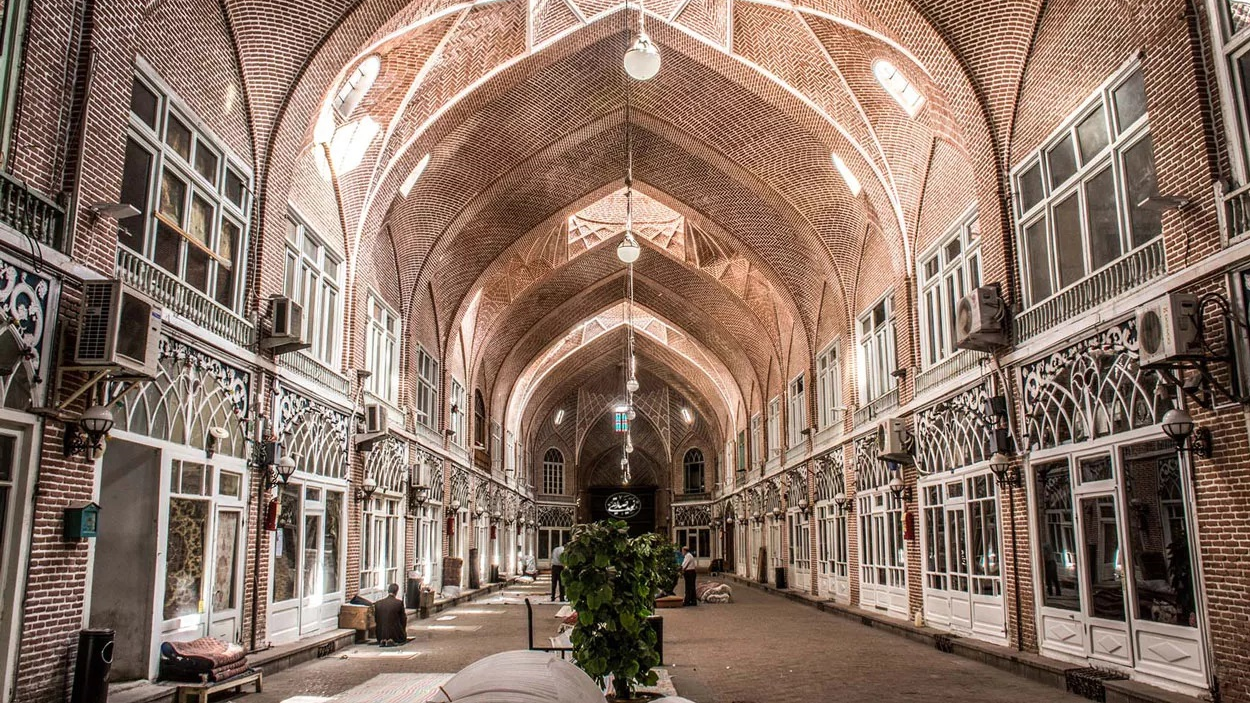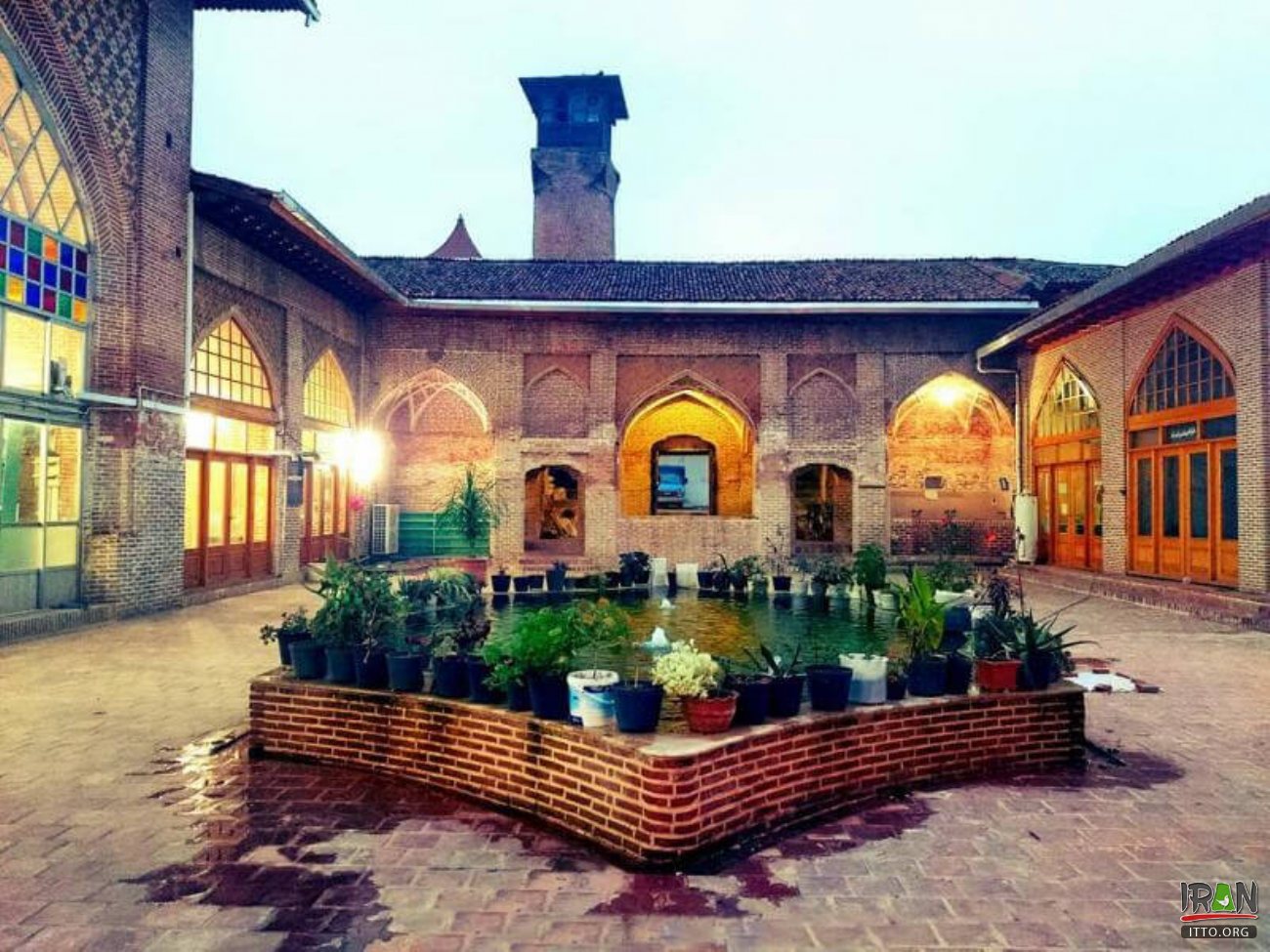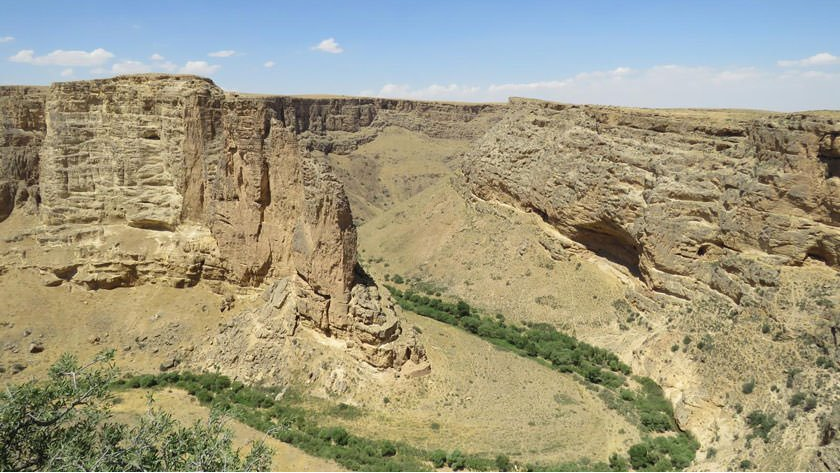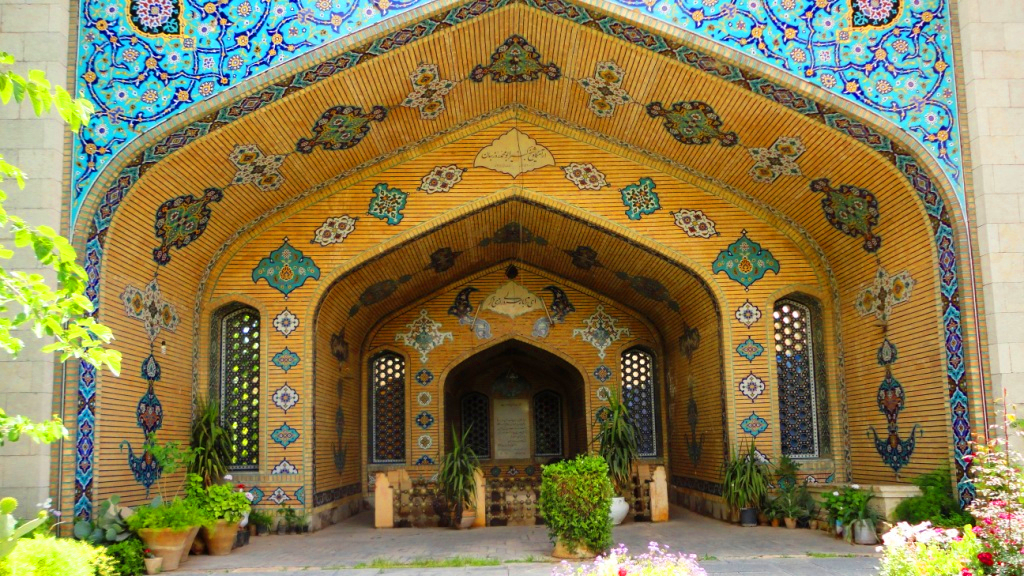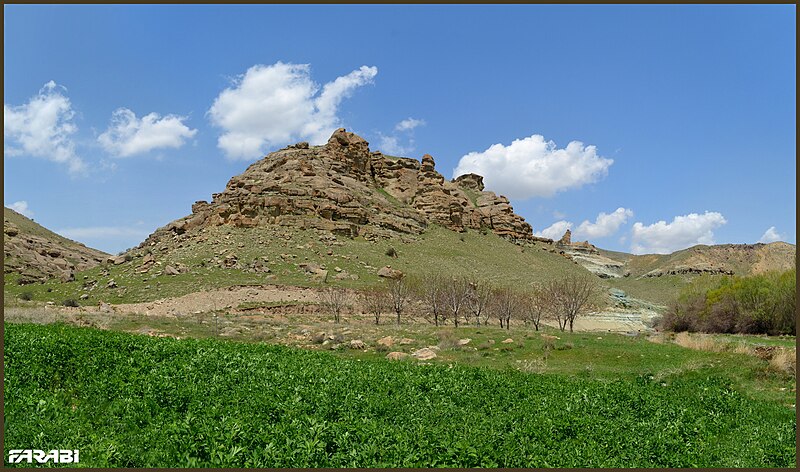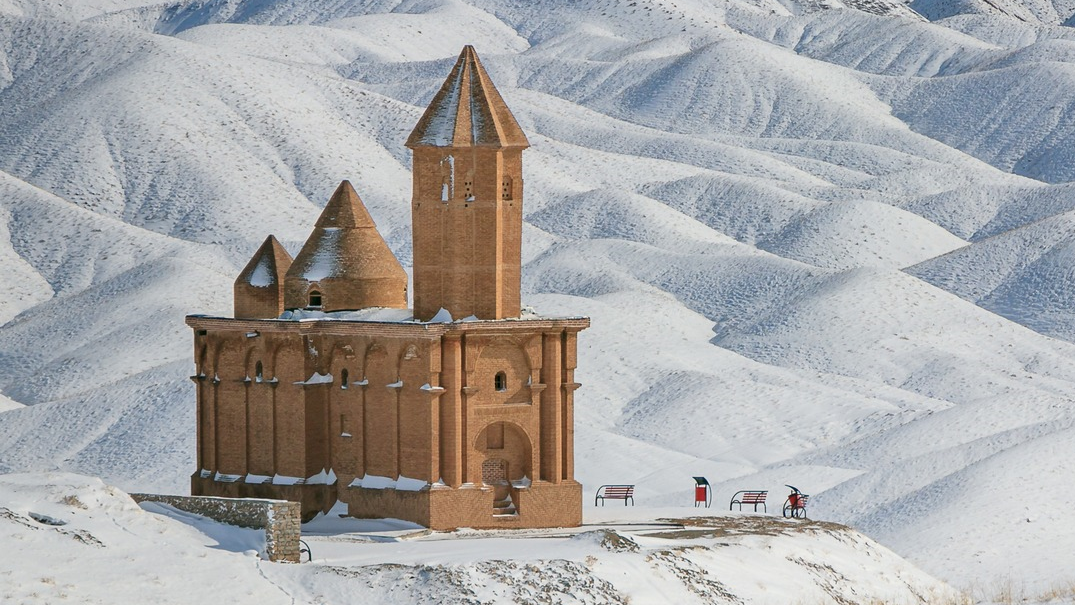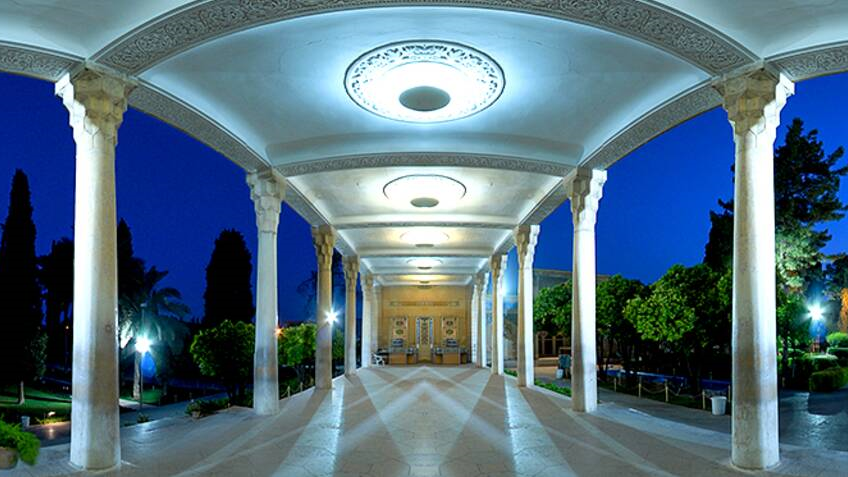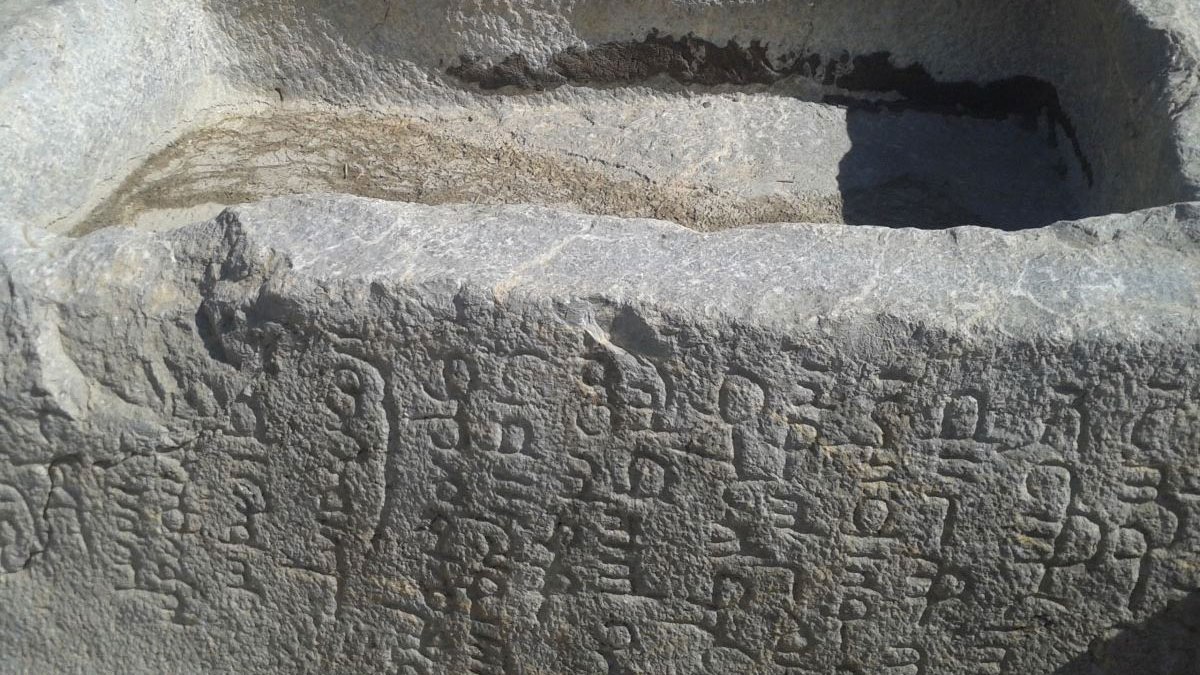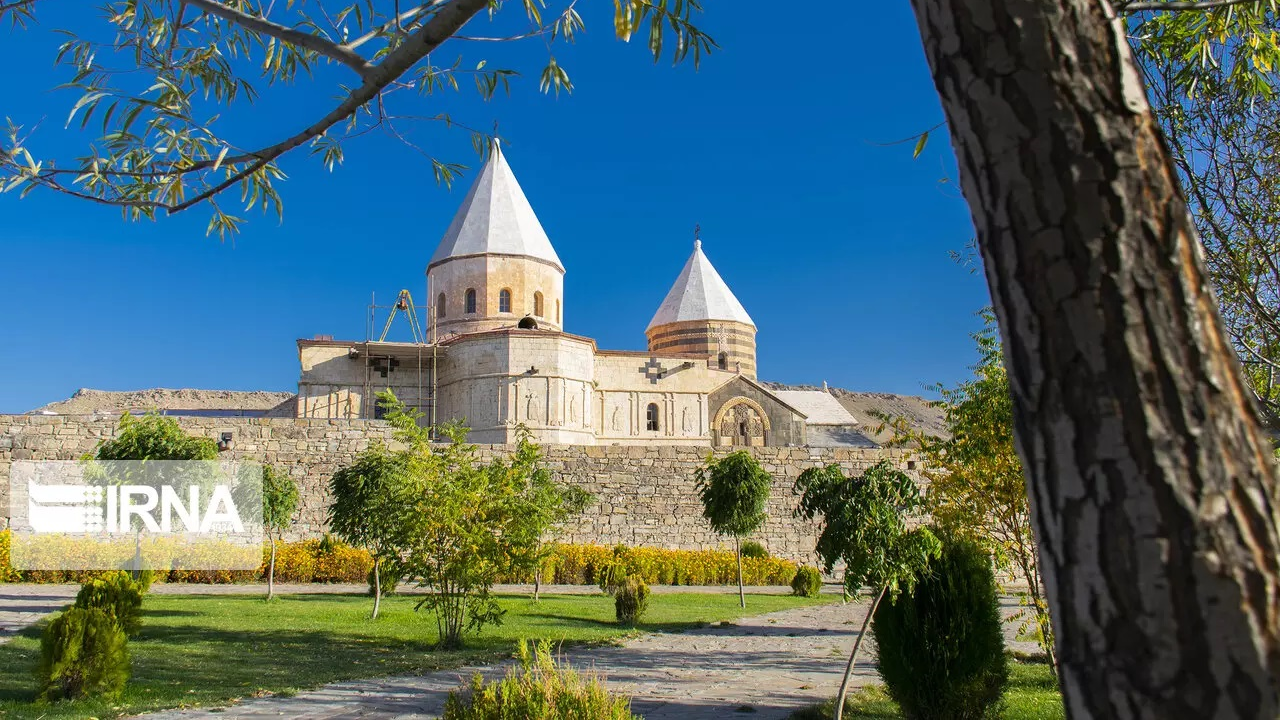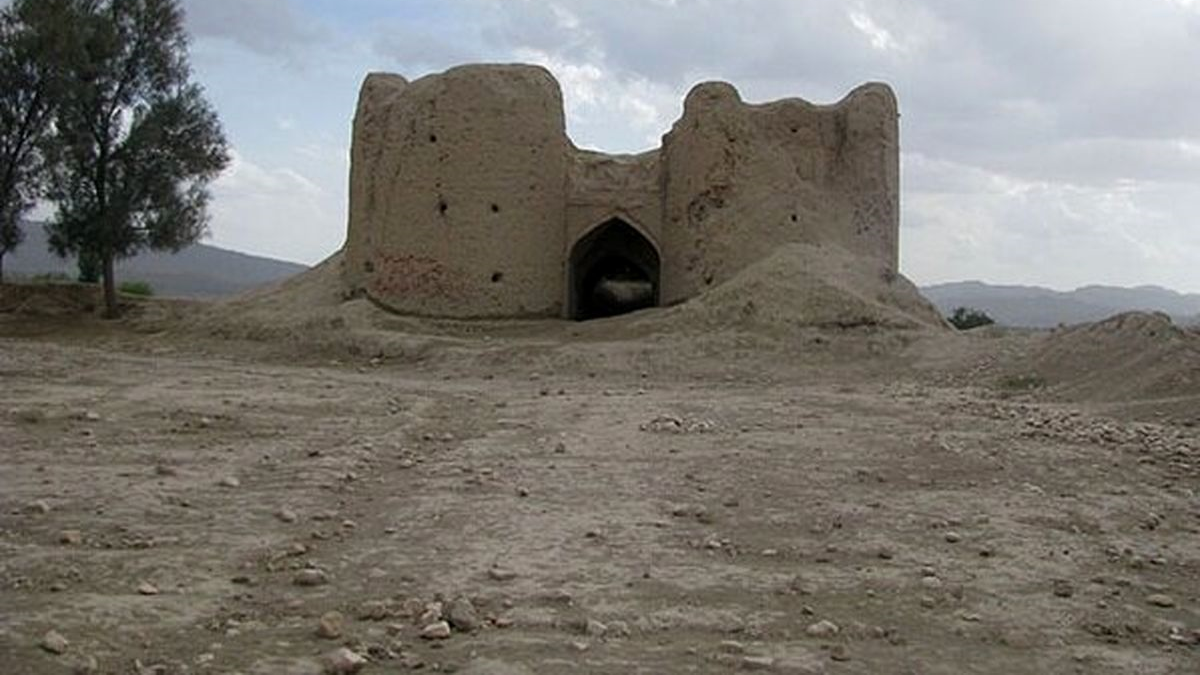
Vakil Mosque of Shiraz; Manifestation of Architectural Beauty
Mosques had an important place in the cities that were founded in post-Islamic Iran. Mosques in these cities were not only places for holding religious ceremonies and rituals but also a base for catering to social and cultural affairs. For this reason, utmost care was taken to ensure that mosques are designed and constructed as strong and beautiful as possible and are located where all citizens can rather easily have access to them. Moreover, the main mosques of the city were big enough to accommodate a large crowd. The Vakil Mosque of Shiraz, which was one of the monuments built during the Zand era (late 18th century), has all these features, and for this reason, it is considered one of the prominent mosques of Iran.
Being located next to such centers as Vakil Bazaar, Vakil Bathhouse, and Karim Khan Citadel, which were the main centers of social and government services, had doubled the importance of this mosque. Vakil mosque is connected to Vakil Bazaar through a short alley. Of course, there are entrances for the mosque on other sides so that anyone can access its main building from any direction. This mosque was built in 1187 AH (1773 AD).
Features and Architecture of Vakil Mosque
Vakil Mosque is built over an area of nearly 11 thousand square meters 8660 square meters of which form the main building of the mosque. The external dimensions of the building are about 120 into 80 meters.
The beauty of the building and decorations of the Vakil Mosque is at its peak. At the entrance of the mosque, there are two doors with a height of eight meters. After passing through a beautiful vestibule decorated with tiles, one enters the vast courtyard of the mosque, which has a pond in the middle.
Two symmetrical porches can be seen in the south and north of the yard. There is no porch on the east and west and, therefore, the structure of the mosque can be considered a building with two porches.
The floor of the yard is covered with stone slabs, which were installed during the restoration of the mosque in the contemporary period. Unlike similar buildings, there are no gardens or trees around the yard, which adds to the grandeur of the yard and the beautiful tiling of the exterior.
The seven-colored tiles of the entrance and the two porches of the mosque are similar. The main design used in this tiling is called “Tree of Life”. This design has given a balanced outlook to the square tiles used for the façade of the mosque.
The southern porch is connected to a beautiful nave with 48 integrated columns and dimensions of 75 x 26 meters, which is considered one of the symbols of Shiraz. Brick arches connect the adjacent columns to each other. The columns are integrated and their body is decorated in a spiral form. The same color used for the columns and the ceiling has created an eye-soothing harmony in the building. Brickwork is the most important art used in the construction of the roof. Of course, the roof of the part that extends directly from the southern porch to the altar of the mosque is decorated with seven-colored Shirazi tiles. This part is similar to a corridor guiding people to the main hall.
A tall arch has been built in the northern part of the mosque, which is 20 meters wide and very valuable from the point of view of architecture. This beautiful arch is known as the pearl arch and around it is decorated with verses from the Holy Qur’an written in thulth scripts in the form of crescents. Two minarets, each with a height of 20 meters, are visible above this arch.
There are also some arches in the east and west of the yard that have been decorated with tiles. There are 11 arches on both sides of the courtyard. The winter shabestan is located behind the portico on the eastern side, which is 25 meters long and 20 meters wide. The brick roof of this nave is supported by 12 columns and is five meters high.
There is a pulpit in the Vakil Mosque, which is built in one piece of marble and has 14 steps to climb to the top of it. Such pulpits were quite common during the Zand era. According to some quotes, a large stone was moved from Maragheh to Shiraz to build the pulpit of Vakil Mosque.
Vakil Mosque was inscribed on the list of Iran’s National Heritage in the year 1932.
The Vakil Mosque of Shiraz, which was built during the Zand era (late 18th century) is considered one of the prominent mosques of Iran.
| Name | Vakil Mosque of Shiraz; Manifestation of Architectural Beauty |
| Country | Iran |
| State | Fars |
| City | Shiraz |
| Type | Historical |
| Registration | National |

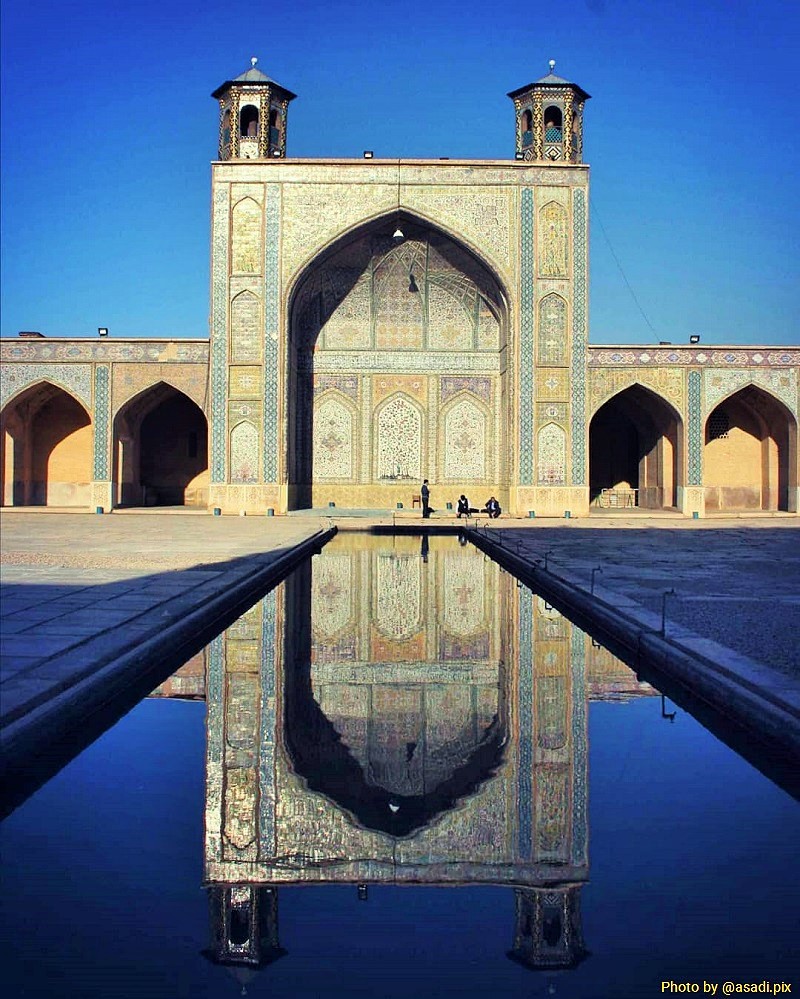
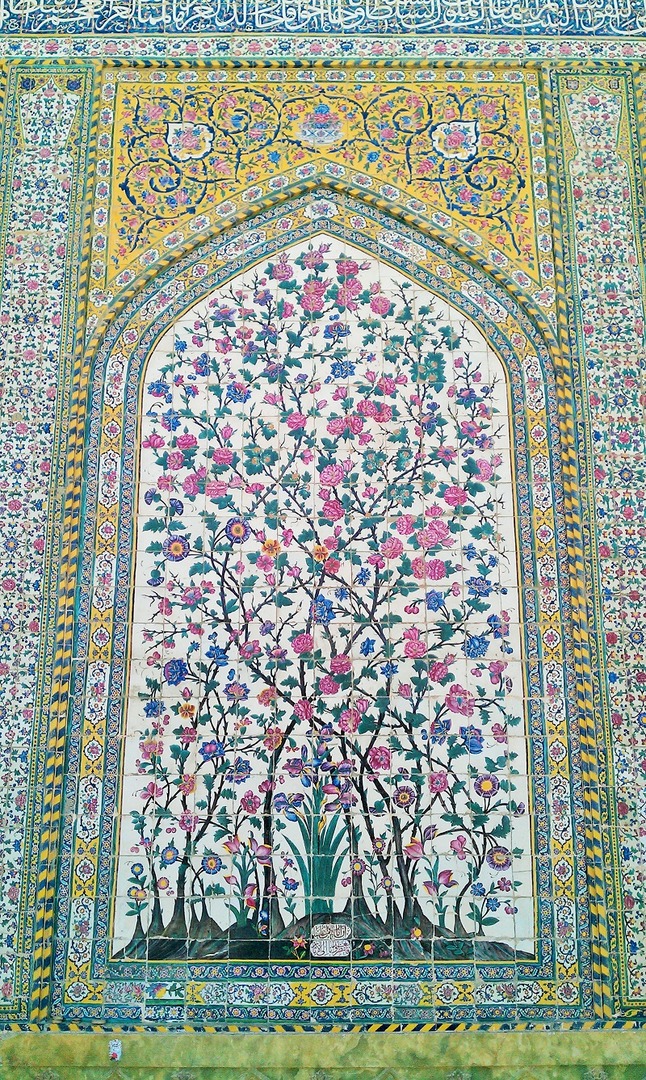



Choose blindless
Red blindless Green blindless Blue blindless Red hard to see Green hard to see Blue hard to see Monochrome Special MonochromeFont size change:
Change word spacing:
Change line height:
Change mouse type:
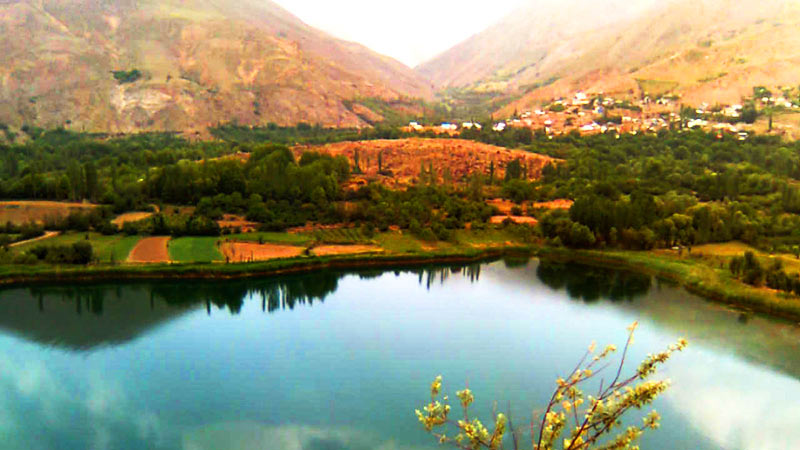
.jpeg)
